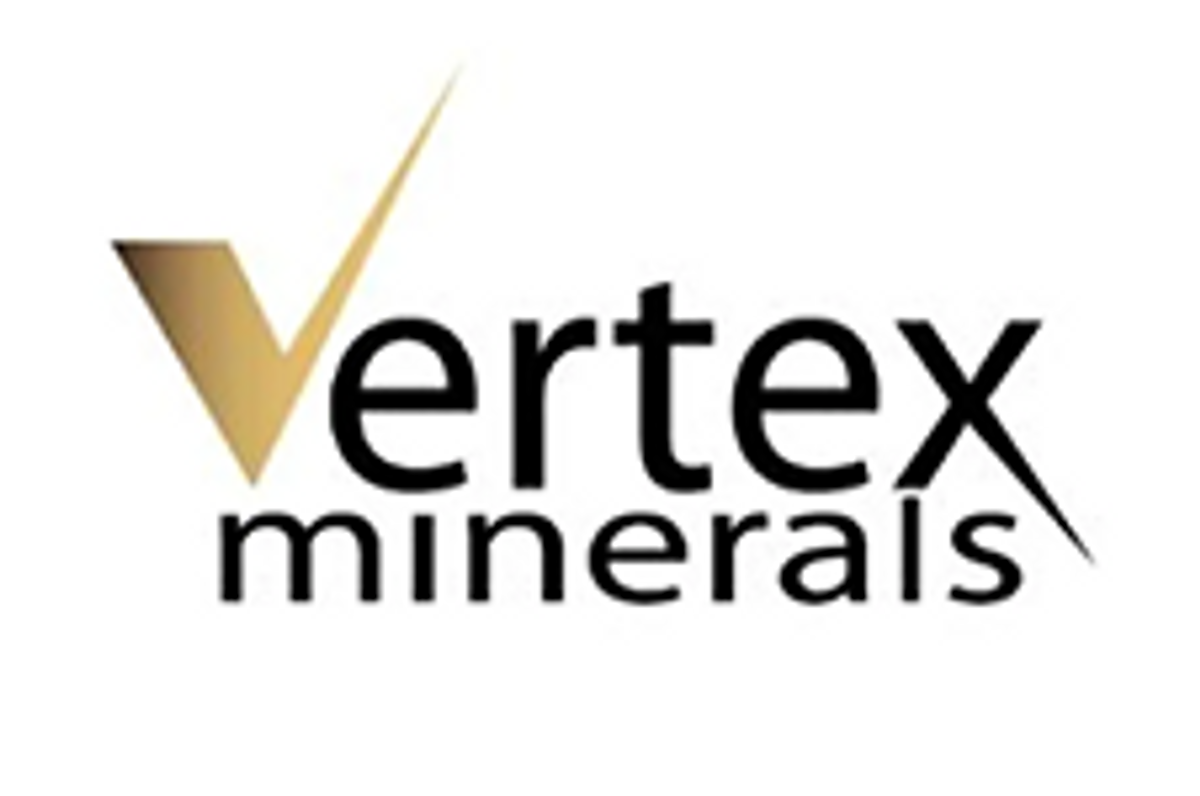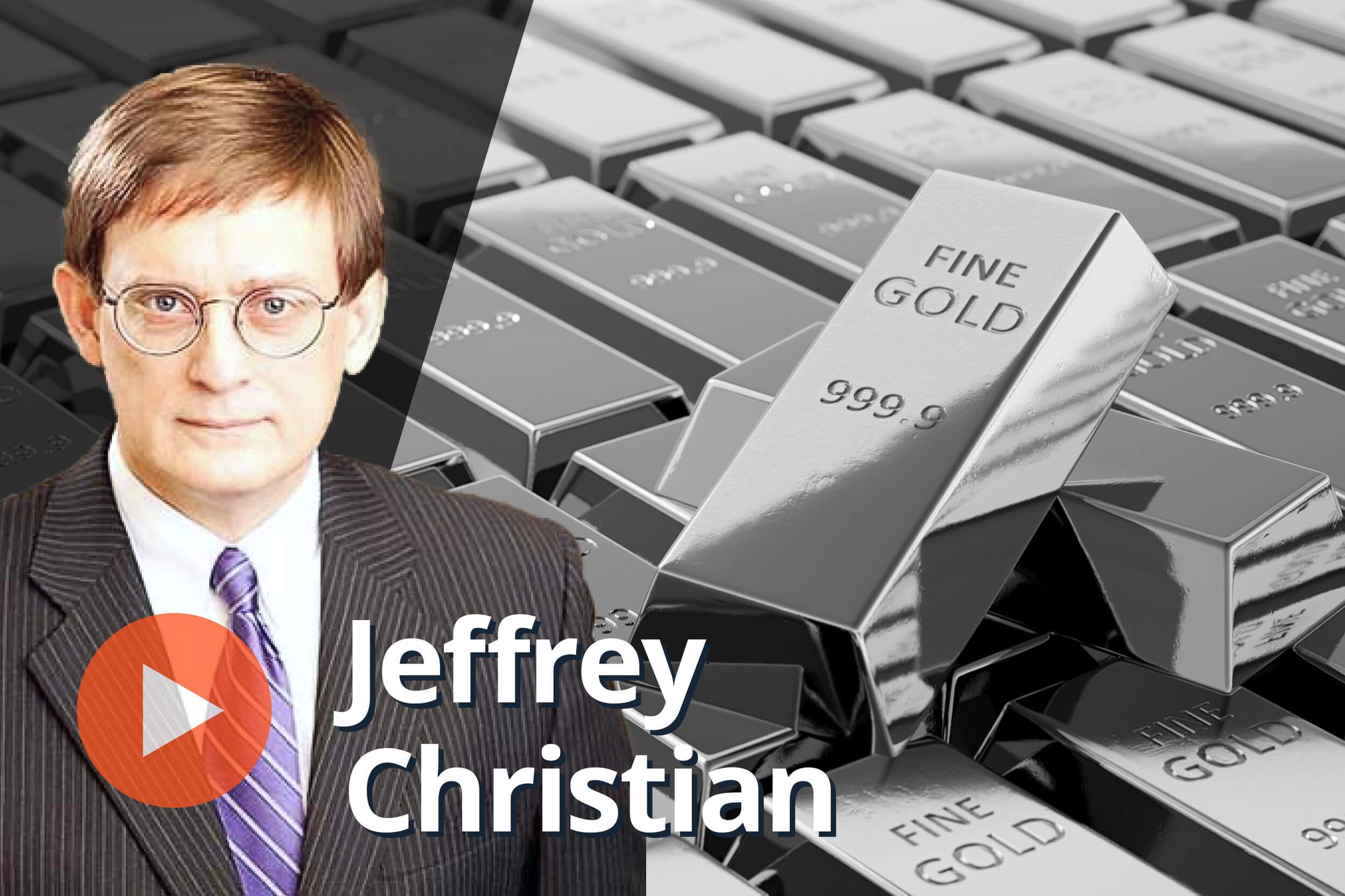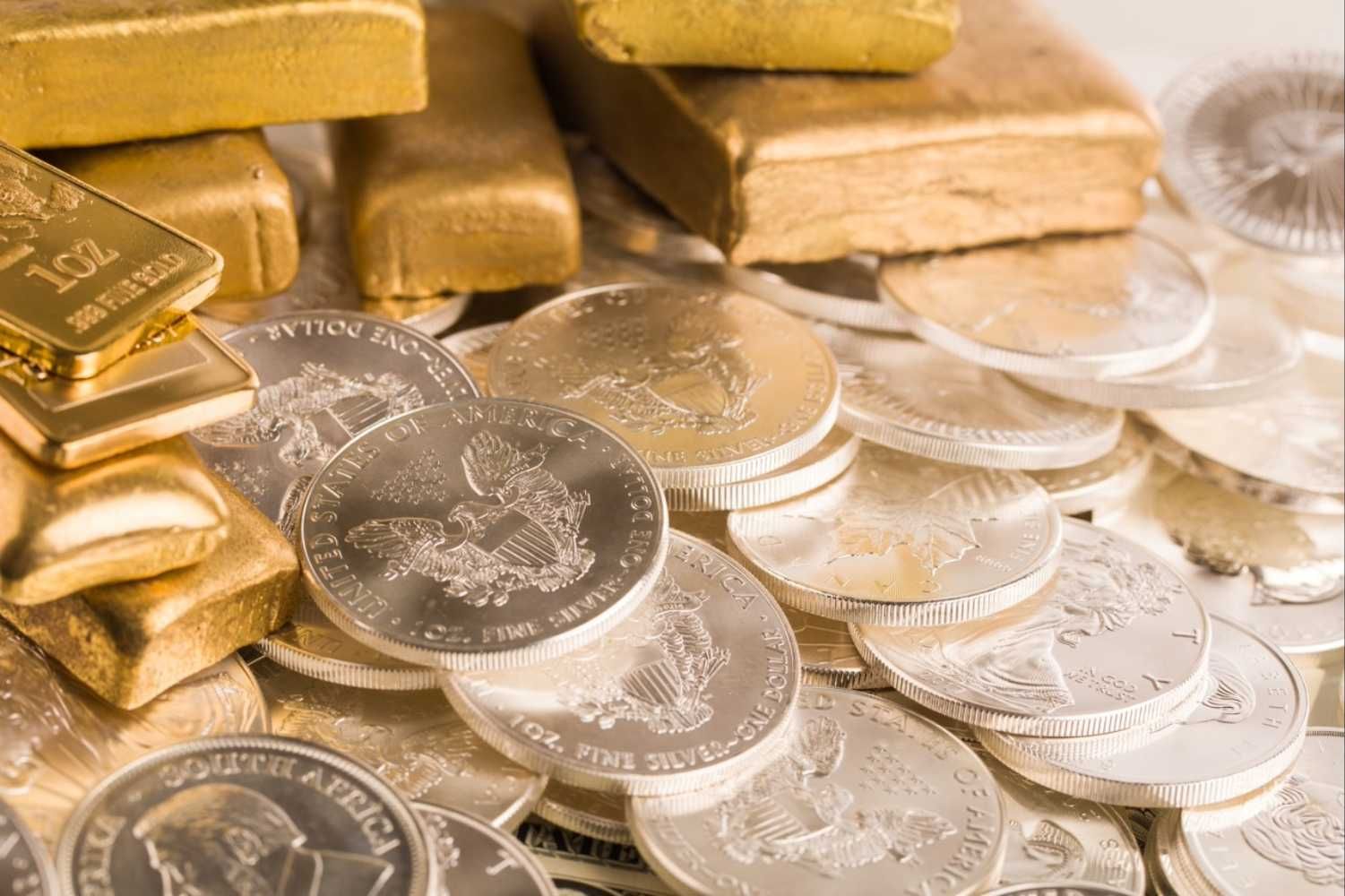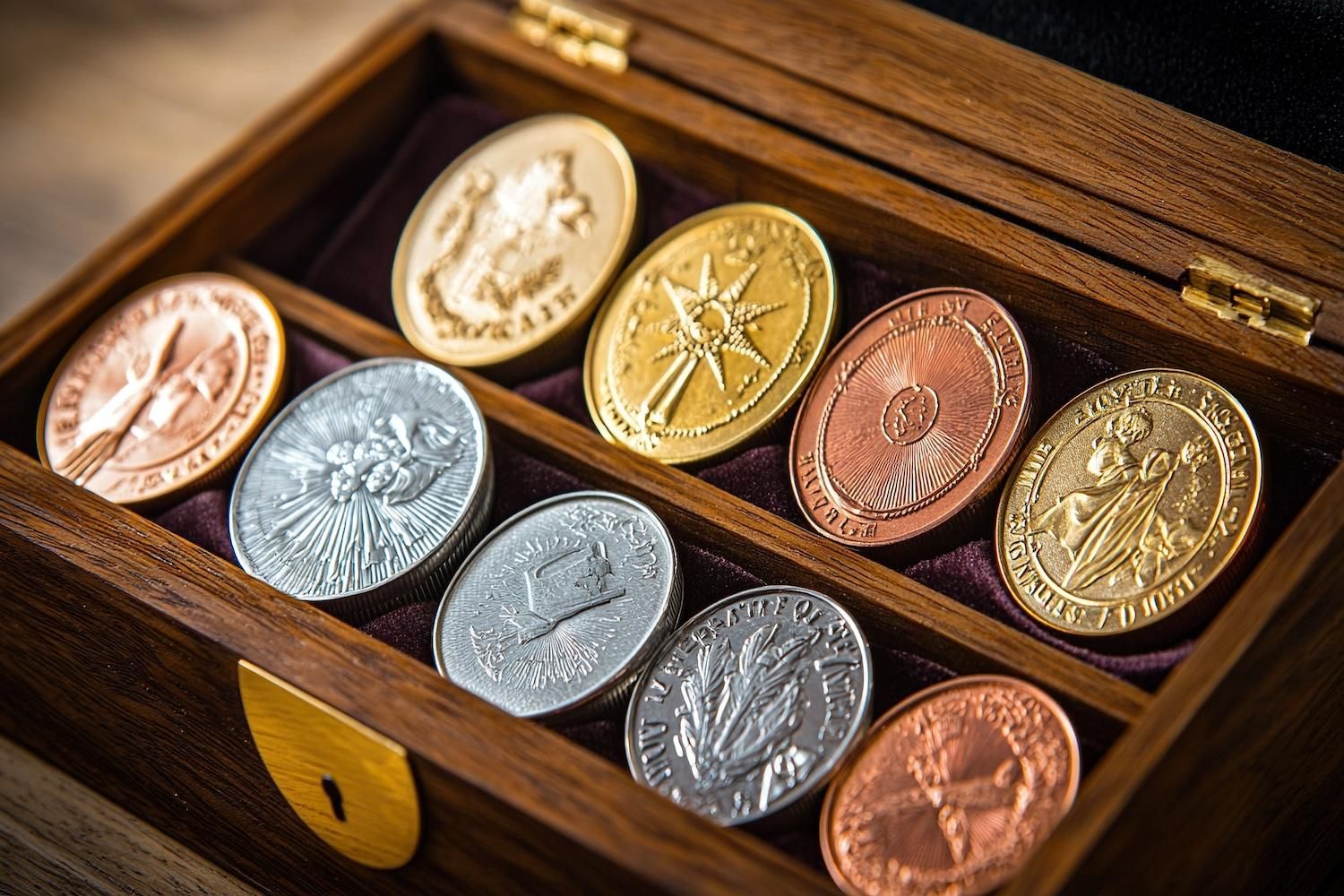
October 08, 2024
Vertex Minerals Limited (ASX:VTX, Company) is pleased to announce that firm commitments have been received for a placement and convertible loan financing to raise up to $2.1M at $0.16 per share1 before costs (Capital Raising).
HIGHLIGHTS
- Firm commitments have been received for a strategic placement to an existing investor to raise $1.10M (before costs) at an issue price of $0.16 per share (Placement).
- Placement proceeds will be further augmented by loan funding of $0.98M, under a convertible facility agreed with institutional / sophisticated investors (Loan). Subject to shareholder approval Loan funds will be converted to fully paid ordinary shares at an issue price of $0.16 per share.
- Proceeds are intended to be applied towards the acquisition of an Ore Sorter and the associated conveyance equipment, purchase of an Underground Drill Rig and working capital.
Vertex’s Executive Chairman, Roger Jackson commented:
“We are very pleased to have the support of a strategic investor in this placement along with some of our very supportive existing shareholders backing the convertible loan. The funds will be used to acquire a laser Ore Sorter which will be integrated into the Gekko gravity gold plant along with an underground drill rig. The drill will be focussed on the high-grade targets below and along strike of the high-grade gold resource at Reward. We wish to build our gold inventory from within our Reward mine. We are on track with the plant refurbishment and preparations to move the Reward mine into production in January 2025”
Placement Details
The Placement will comprise the issue of up to 6,900,000 new fully paid ordinary shares at an issue price of $0.16 per share. Subject to shareholder approval, the placement participant will also receive three (3) free attaching options for every five (5) shares. The options will be on the same terms as existing VTXOA options, which have an exercise price of 25c per share and an expiry date of 17/07/2026 (VTXOA Options).
The Placement will be conducted in a single tranche using the Company’s capacity under Listing Rule 7.1.
Click here for the full ASX Release
This article includes content from Vertex Minerals, licensed for the purpose of publishing on Investing News Australia. This article does not constitute financial product advice. It is your responsibility to perform proper due diligence before acting upon any information provided here. Please refer to our full disclaimer here.
VTX:AU
The Conversation (0)
30 September
Vertex Minerals Limited 2025 Annual Report
Perth, Australia (ABN Newswire) - Vertex Minerals Limited (ASX:VTX,OTC:VTXXF) (OTCMKTS:VTXXF) holds a portfolio of high-grade gold projects in New South Wales and Western Australia, anchored by the flagship Hill End Gold Project. Together with the nearby Hargraves Gold Project, located 35... Keep Reading...
23 September
Vertex Minerals Limited Ore Production Update - Reward Gold Mine
Perth, Australia (ABN Newswire) - Vertex Minerals Limited (ASX:VTX,OTC:VTXXF) (OTCMKTS:VTXXF) is pleased to announce the establishment of multiple mining fronts in the Reward Underground Mine. The Company is employing multiple mining methods to diversify risk and maximise head grade. These... Keep Reading...
17 September
Vertex Minerals Limited Corporate Presentation Mining Forum Americas
Perth, Australia (ABN Newswire) - Flagship Project for Vertex Minerals Limited (ASX:VTX,OTC:VTXXF) (OTCMKTS:VTXXF) - Reward Gold Mine, Hill End Corporate Presentation to Mining Forum Americas. - Commenced Gold processing with new Gekko Gravity Gold Plant - 100% owned - No hedge - No Secured debt... Keep Reading...
25 August
Reward Gold Mine Production Update
youtu.be Vertex Minerals (VTX:AU) has announced Reward Gold Mine Production UpdateDownload the PDF here. Keep Reading...
24 August
Vertex Minerals Limited Reward Gold Mine Production Update
Perth, Australia (ABN Newswire) - Vertex Minerals Limited (ASX:VTX,OTC:VTXXF) (OTCMKTS:VTXXF) is pleased to announce the commencement of development of the first two stope blocks at the Reward Mine. Since commissioning the ventilation fan on Thursday 21 August, a total of 500 tonnes of ore has... Keep Reading...
26 December
Rick Rule, Ed Steer, Vince Lanci and More — Our Top 5 Interviews of the Year
2025 was a breakout year for gold and silver, and throughout its twists and turns the Investing News Network (INN) turned to experts for help navigating the markets.The INN team spoke with dozens of industry insiders over the course of the year, spending time with seasoned professionals who can... Keep Reading...
25 December
Jeffrey Christian: Gold, Silver at Record Prices, Expect Spikes Higher in 2026
Jeffrey Christian, managing partner at CPM Group, shares his outlook for gold and silver in 2026, explaining why he expects higher prices for the metals. "We think that 2026 is going to be a more hostile environment than 2025, and that will cause investors to buy more gold and silver. So we're... Keep Reading...
24 December
What Was the Highest Price for Gold?
Gold has long been considered a store of wealth, and the price of gold often makes its biggest gains during turbulent times as investors look for cover in this safe-haven asset.The 21st century has so far been heavily marked by episodes of economic and sociopolitical upheaval. Uncertainty has... Keep Reading...
24 December
Blackrock Silver Announces C$15 Million Strategic Investment by Two Cornerstone Purchasers
Blackrock Silver Corp. (TSXV: BRC,OTC:BKRRF) (OTCQX: BKRRF) (FSE: AHZ0) ("Blackrock" or the "Company") is pleased to announce a non-brokered private placement (the "Offering") of up to 13,636,363 units (the "Units") at a price of C$1.10 per Unit for gross proceeds of up to C$15,000,000. Each... Keep Reading...
24 December
Gold Price Hits New Record, Breaks US$4,500; Silver, Platinum Also at All-time Highs
Gold marked a new price milestone on Tuesday (December 23), continuing its record-breaking 2025 run. The spot price rose as high as US$4,511.83 per ounce, hitting that point at 4:04 p.m. PST. Don't forget to follow us @INN_Resource for real-time updates!Securities Disclosure: I, Charlotte... Keep Reading...
23 December
From Gold Coins to Copper Tools: Unique Festive Gifts for the Metals Investor
With pumpkin spice in the air, thoughts are turning to the biggest event of the year… No, not the curling championships — Black Friday and the start of the gifting season.Here at the Investing News Network, our team aims to provide relevant information to help readers make informed investment... Keep Reading...
Latest News
Interactive Chart
Latest Press Releases
Steadright Grants Stock Options
24 December
Silverco Confirms No Material Change
24 December
Related News
TOP STOCKS
American Battery4.030.24
Aion Therapeutic0.10-0.01
Cybin Corp2.140.00






